WALKING and cycling across Exmoor could become easier over the next few years under a comprehensive new plan from the national park authority (ENPA).
The authority has published an ‘active travel plan’ setting out potential improvements to walking and cycling networks to encourage more people to visit and get around without motorised transport.
ENPA chairman Andrea Davis said: “Walking, cycling, and horse riding provide the best opportunities to explore and travel in our wonderful national park and provide health benefits, too.
“Our network of paths provide access to nature and to our beautiful landscape for everybody who loves Exmoor, and this in turn supports a large part of our economy through visitor spending.
“To meet its full potential, our network needs to develop and change, to help our local communities enjoy a wider variety of travel options and to allow a wider range of people to enjoy Exmoor.
“This plan sets out to identify those opportunities and steer further work and investment in the future.”
.jpeg?trim=0,0,0,0&width=752&height=564&crop=752:564)
Exmoor has more than 620 miles of public rights of way, including two routes on the National Cycle Network, route three skirting the southern edge of the park through Dulverton, and route 51, which runs from Minehead to Ilfracombe via Selworthy, Allerford, Porlock, Lynton, and Combe Martin.
The 2021 Exmoor National Park visitor survey identified that 65 per cent of visitors to the park enjoyed a short walk as part of their stay, with 60 per cent enjoying a long walk of two hours or more.
However, Exmoor’s limited transport infrastructure leaves people reliant on cars to cover long distances, with transport accounting for 35 per cent of the national park’s combined carbon footprint.
The new plan has 11 broad aims, including improving and making more accessible the existing public rights of way, extending the network for cycling and horse riding, creating new ‘family-friendly multi-use trails’, enhancing links between communities to reduce reliance on car ownership, and ensuring pedestrians and cyclists feel safe on minor roads.
ENPA access and recreation manager Dan Barnett said: “We want to break down the barriers to active travel and ensure people have better leisure routes and more opportunity to travel without a car.
“This might include improving path links within villages, providing a road crossing to make it safer for walkers or horse riders, or a building a new cycle route suitable for families or less confident cyclists.”
Mr Barnett said the ‘active travel plan’ provided a solid platform from which future funding could be secured, with many of the major projects likely to be delivered in phases over several years as grants became available.
He said: “This plan is there for everybody to make use of, including local community groups and our parish and town councils.
“Active travel is usually used for short trips, such as walking to the shops, cycling to work, or scooting to a local park.
“Many of the journeys we make by car are under five miles, so there is a big potential to swap the car for a more active option.”
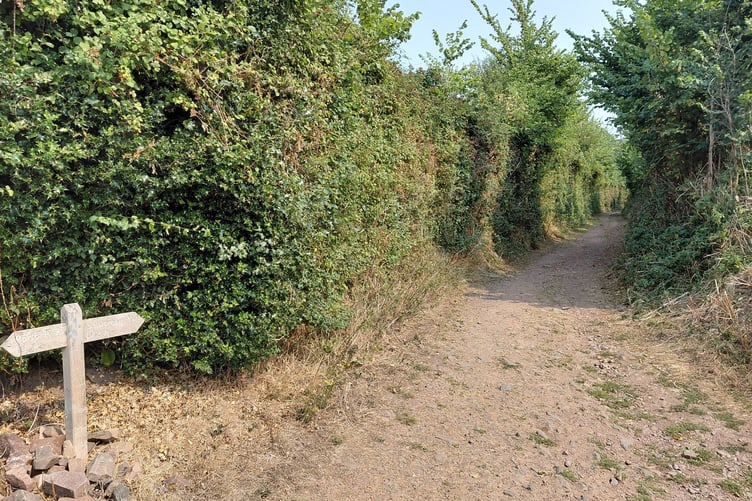
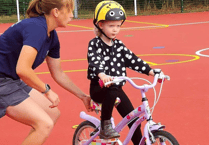
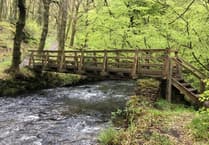
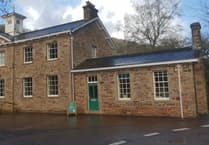
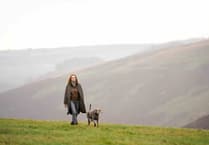
Comments
This article has no comments yet. Be the first to leave a comment.